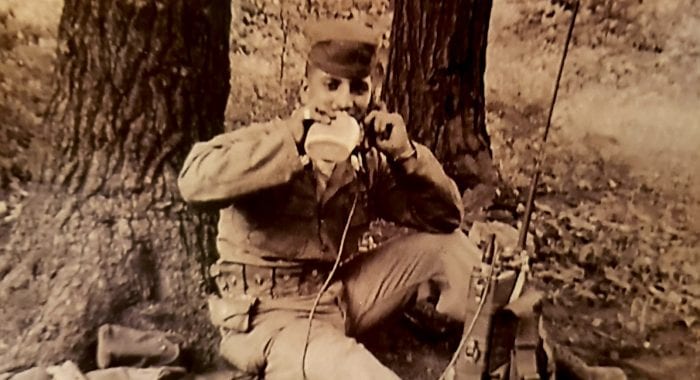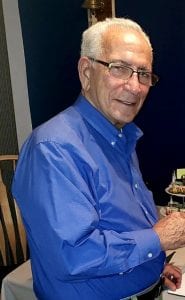“What happened on September 11, is something that will be with me for every day of my life yet we know somehow we’ll pass through it. Time goes on. But it reminds us of the sole appreciation that we have always had for our family, our friends, our community and our country. He will be missed forever.”
These were the words of Helga Curtin on Nov. 20, 2001, to identify the unique character of her late husband, Michael Sean Curtin, who was a sergeant major in the U.S. Marine Corps Reserve and a member of the New York City Emergency Services Unit.
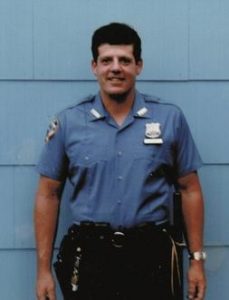
On 9/11, Mike Curtin wished his wife a happy birthday, sent flowers to her job and expected to arrive back at their Medford home where he was planning to make her a special dinner. On this beautiful late summer day, the United States was attacked by terrorists and, like many other rescue workers, he answered the call to help others survive this tragic date.
As an Emergency Services Unit sergeant, Curtin was no stranger to handling delicate situations. Being a member of a strong city law enforcement agency, it was common for him to deal with a myriad of responsibilities.
He was well versed in leading hostage negotiations, administering first aid, facing suicide attempts and helping others through challenging rescues of citizens. He had significant experience through the 1993 World Trade Center bombing. It was observed that he spent a great deal of time working with law and government officials during this early terrorism attack on the city.
Always seen as a “squared away” leader through his time in the military, his presence was always felt during every type of incident, including Osama bin Laden’s first attempt to destroy this financial center.
Oklahoma City bombing and Harlem rescue
Two years later, he was ordered after the Oklahoma City bombing to assist within recovery efforts at the Alfred P. Murrah Federal Building in that city. This building was devastated from domestic terrorism, where 168 people were killed, including six members of the Armed Forces.
During this support, Curtin saw the red “blood stripe” of one of the two members of the Marine Corps that were lost in this debris.
Randy Guzman was a Marine captain who worked in the recruiting station that was located on the sixth floor of this building. Curtin noticed his remains and right away asked for permission to detach fellow law enforcement and military figures to help him dig through the rubble to properly recover the remains of Guzman.
For several hours, Curtin led this difficult task of using heavy machinery to reach this deceased Marine. Curtin was a combat veteran of the first Gulf War who was with the American spearhead to liberate Kuwait from the Iraqi military.
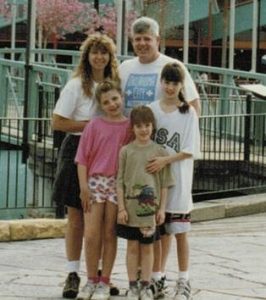
He still served in the Marine Corps Reserves, where he had the senior leadership rank of first sergeant. Once Curtin and his men reached Guzman, this loud work site, automatically became quiet, as the body was carried out with an American flag placed over the fallen Marine.
Rarely speaking about his job, Curtin recalled this somber moment and said, “Everyone was watching in silence as we brought our Marine out.”
The following year, members of the Guzman family and New York City Mayor Rudy Giuliani (R) took a picture with Curtin to show appreciation for his determination and skills to assist the residents of Oklahoma City impacted by this explosion.
A good friend who worked closely with Curtin to handle the immense tasks of the Emergency Services is retired Lt. Owen McCaffrey of Bay Shore. This officer was Curtin’s supervisor of Truck 2 in Harlem that helped cover nine precincts from 86th Street to Washington Heights within Upper Manhattan.
Thinking of his good friend, McCaffrey believed that Curtin was one of the finest sergeants within the New York City Police Department to lead his men. To this day, McCaffrey vividly remembers the positive attributes of Curtin as being a “devoted, reliable, and trustworthy cop.”
He saw the positive influence of the Marine Corps on the presence of Curtin who always stressed the importance of training, drilling his men and getting them to quickly think during all types of situations.
And while this Marine was a tough, no-nonsense individual, Curtin usually cooked his men a breakfast of eggs, bacon and sausage. McCaffrey recalled that Curtin was a “solid supervisor that always looked after his men that were highly trained for their difficult jobs.”
The bravery that Curtin demonstrated never subsided, and in 1999 he saved a trapped resident of a Harlem building before the structure collapsed.
September 11, 2001
On 9/11, as Curtin was planning to return home for his wife’s birthday, America was attacked. As our citizens were putting their children on school buses and handling their daily functions, this nation was hit by the sting of terrorism in Manhattan, Washington, D.C., and over the farm fields of Shanksville, Pennsylvania. Right away, rescue workers headed toward the World Trade Center to help people escape the earliest moments of bin Laden’s assault on the United States. Curtin was with several other agency personnel who were quickly dispatched to aid others.
Never one to waver under any form of military or law enforcement duress, he was on hand to guide his men with the goal to save as many people as possible. Through this challenging chaos, Curtin and his fellow officers were in the middle of this attack that saw debris crashing around them, and thousands of people trying to flee from this terror. At 9:59 a.m., the South Tower collapsed, and it became apparent that the North Tower, also hit by an aircraft, would face the same the destruction.

As some of his men were several floors above him to assist others to escape the North Tower, Curtin directed those officers around him to immediately leave this building before it collapsed, and head for safety. He refused to follow them, as according to McCaffrey, he made the “conscious decision” to stay with those remaining men that were still in this building, even as he realized that this building was going to eventually fall. At 10:28 a.m., officers from Truck 2 who were ordered to leave this location, watched in dismay as the North Tower fell to the ground. They automatically realized that Curtin had passed away. He was one of 14 Emergency Services and Bomb Squad figures killed from these attacks on New York City.
Whereas the authorities knew where Curtin was buried in the rubble of Ground Zero, it took until March 6, 2002, to finally locate the remains of this 13-year veteran of the NYPD. His body was not fully removed until Helga Curtin and Police Commissioner Ray Kelly arrived at the location. They were met by an army of rescue workers, law enforcement, salvage crews and government officials who were silent as Curtin was taken out of the debris with a flag placed over his body. Within the early morning hours, the motorcade that held Curtin was heading up FDR Drive in Manhattan. The streets were lined with police officers that stopped the traffic and saluted the remains of Curtin, who was escorted by his wife and local law enforcement and military leadership. Four years after Curtin lost his life with other rescue workers, President George W. Bush (R) posthumously awarded public safety officers the 9/11 Heroes Medal of Valor for those men and women who died in uniform during these attacks.
When speaking to different members of Curtin’s family, the affection that they have for him has never diminished since he died. This Rocky Point High School student was a strong soccer player who worked at the local statuary on Route 25A. After he graduated in 1975, he enlisted into the Marine Corps. His strong, smart and kind presence is still missed by his entire family from Helga, and his daughters Jennifer, Heather and Erika, also younger loved ones who are immensely proud of his honorable achievements to support this country.
Annual golf outing
Over the last 17 years, Curtin’s cousin Mike Finnican has been instrumental in organizing an annual golf outing that has been held at Cherry Creek in Riverhead. This function’s main goal is to remember Curtin and the numerous rescue workers and military members who have supported this country since 9/11. Finnican reflected on the hospitality of Curtin, especially during a July 4, 2001, barbecue that saw his cousin wear his red, white and blue shorts as he cooked for his family and friends. Some 20 years later, Finnican looked over the fairways and greens at Cherry Creek to see more than 300 people attend a golf outing that was held July 12. Finnican, along with his wife, children, grandchildren and members of the Lukasz, Dwyer and Curtin families, all donated their time to support their 20th successful golf outing. During the day, younger family members and friends wore smiles on their faces to sell raffle tickets and T-shirts for the 3256 Foundation. One of these included Michael Sullivan, the 5-year-old grandson named after Curtin, who was present with his parents and his cousins to support this family tradition.

Curtin’s custom was to be warm to others, and this week his family and friends continued his legacy in making every participant of this outing feel welcome during a special annual event. Most people who read about the heroic exploits that Curtin presented in the military and the NYPD marvel at the abilities of this local graduate to serve at home and abroad. But this highly capable figure rarely addressed his experience and Finnican stated that Curtin “was a good man that never bragged about his experiences that was absolutely loyal to his family.”
It is safe to say that Curtin’s name will be remembered for some time through this yearly golf outing. With a color guard and the sounds of bagpipes, laughter and stories that brought smiles to a crowd who listened intently about the professional stories of Curtin, it was easy to tell that everyone who played golf and attended the dinner had a grand time in honoring this hero. At the end of the night, there was a major raffle that saw people win televisions, video games, children’s toys, restaurant gift cards and an auction of sports memorabilia and baseball tickets.
As the 20th anniversary of 9/11 approaches, there will be noticeable grief to remember the almost 3,000 people killed on that fateful day. But the golf outing had a surplus of smiles from the family members of Curtin and those law enforcement and military veterans who look forward to seeing each other to support this worthy endeavor.
The 3256 Foundation over the last two decades has created an important sense of comradery amongst its participants to never forget the moment that America was attacked. And this would not be possible if it were not for determination of Finnican and his team who have established one of the finest patriotic events in Suffolk County. Like Curtin, his family members are patriots who seek little fanfare, and they are motivated to reflect on a hero who spent his life defending this country in the Marines and always helping others in the NYPD.
May we never forget about rescue workers like Michael S. Curtin who were the earliest casualties of bin Laden’s attempt to harm the American way of life.

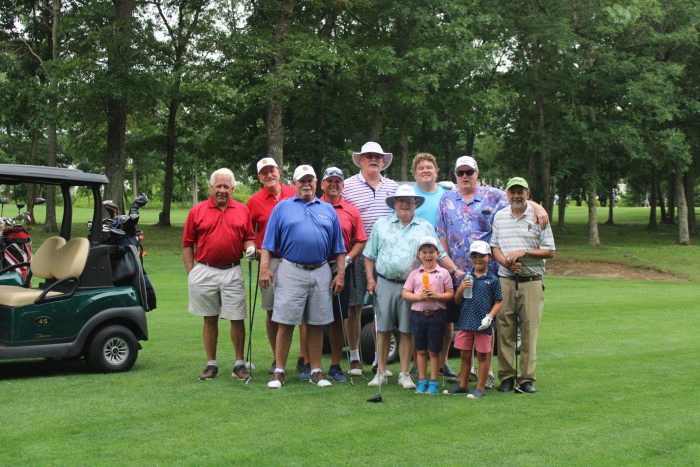
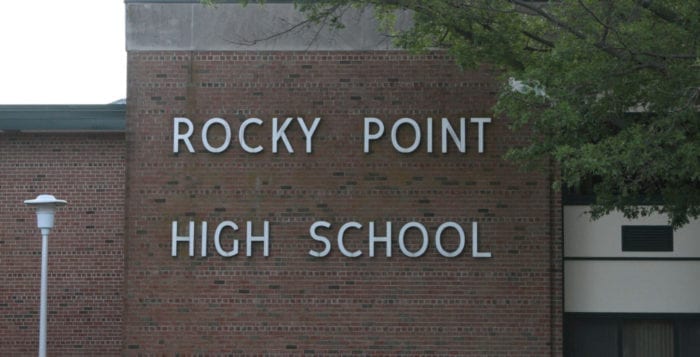

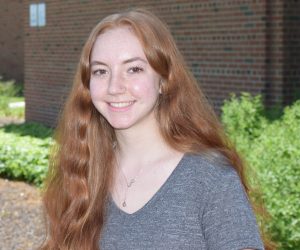
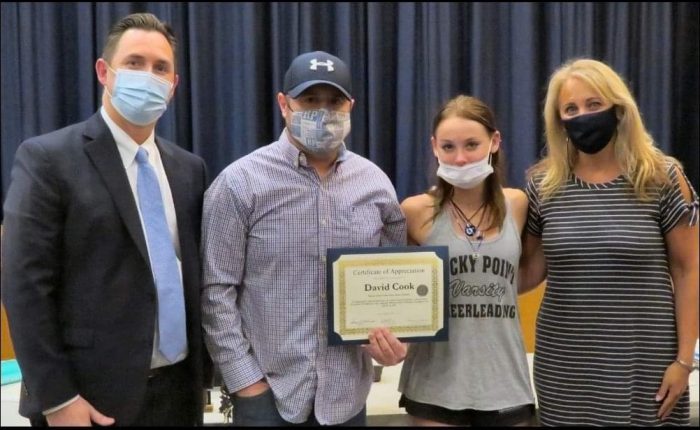
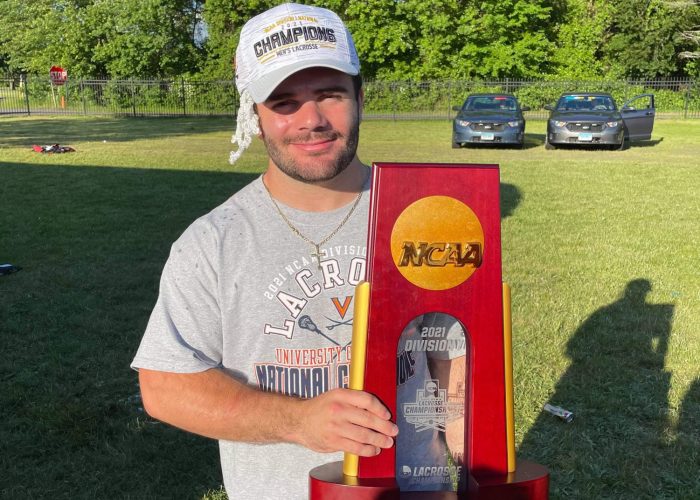
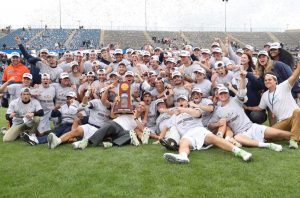
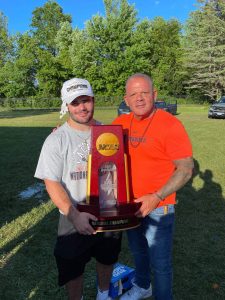
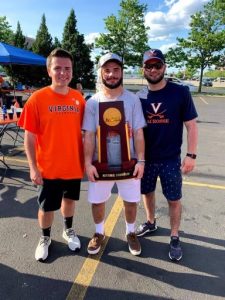

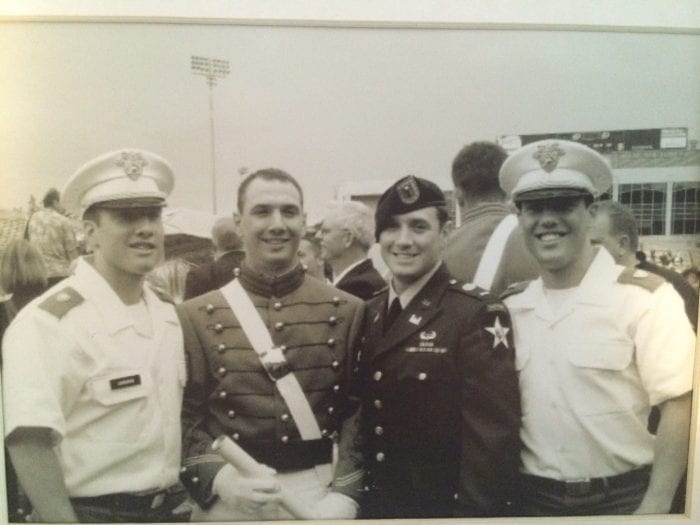
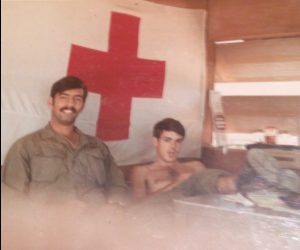
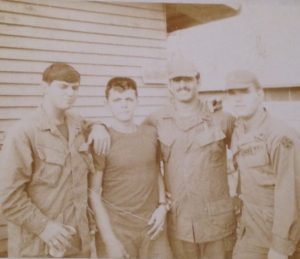
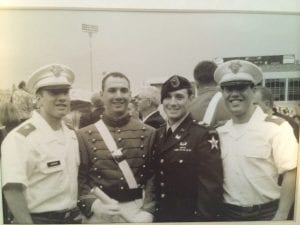

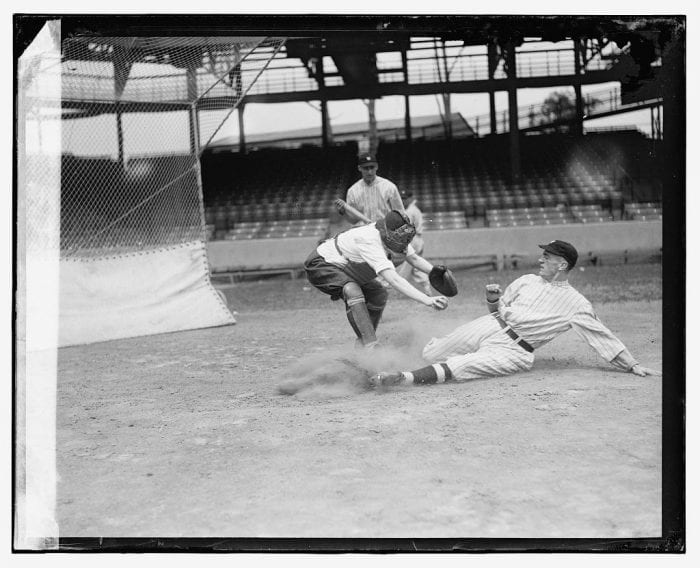

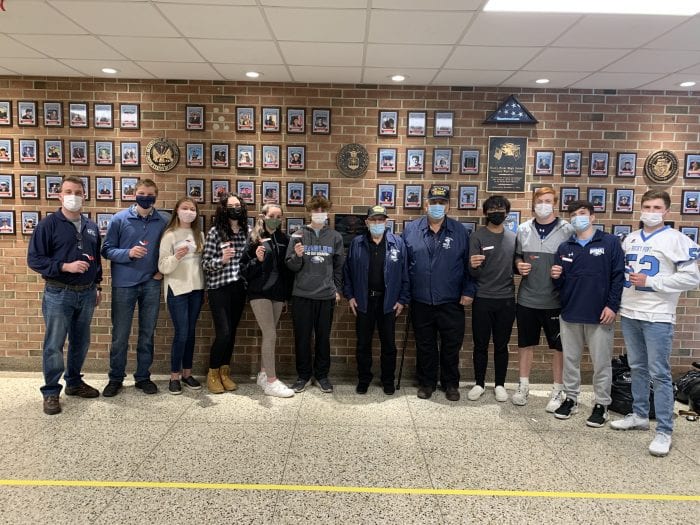


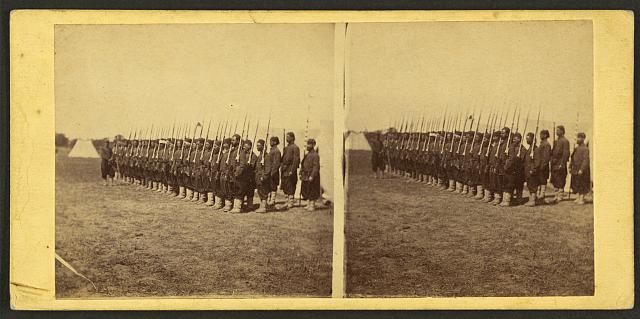
 Grant promoted Gen. “Little Phil” Sheridan to run the Army of Shenandoah Valley. For too long, the massive resources of this part of Virginia were used to feed Lee’s forces. Through the tenacity of Sheridan and his men, he carried out the will of Grant who stated that he did not want a “Crow” to fly over these productive lands. Sheridan vehemently fought Confederate Gen. Jubal Early that wreaked havoc on the Union homes and resources that were near Washington, D.C. and Maryland.
Grant promoted Gen. “Little Phil” Sheridan to run the Army of Shenandoah Valley. For too long, the massive resources of this part of Virginia were used to feed Lee’s forces. Through the tenacity of Sheridan and his men, he carried out the will of Grant who stated that he did not want a “Crow” to fly over these productive lands. Sheridan vehemently fought Confederate Gen. Jubal Early that wreaked havoc on the Union homes and resources that were near Washington, D.C. and Maryland.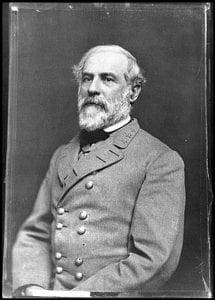 In a matter of days, Lee lost 10,000 soldiers that were killed, wounded and captured. As the union moved forward, the valuable railroads from Petersburg were cut off from Richmond. In a matter of moments, the trenches that were firmly held by the confederates, were empty, and in full retreat. As these two notable southern cities were about to be captured, Lee warned Confederate President Jefferson Davis that Richmond would only be held for a couple of hours and that the government had to flee, or it would be taken by Grant.
In a matter of days, Lee lost 10,000 soldiers that were killed, wounded and captured. As the union moved forward, the valuable railroads from Petersburg were cut off from Richmond. In a matter of moments, the trenches that were firmly held by the confederates, were empty, and in full retreat. As these two notable southern cities were about to be captured, Lee warned Confederate President Jefferson Davis that Richmond would only be held for a couple of hours and that the government had to flee, or it would be taken by Grant.